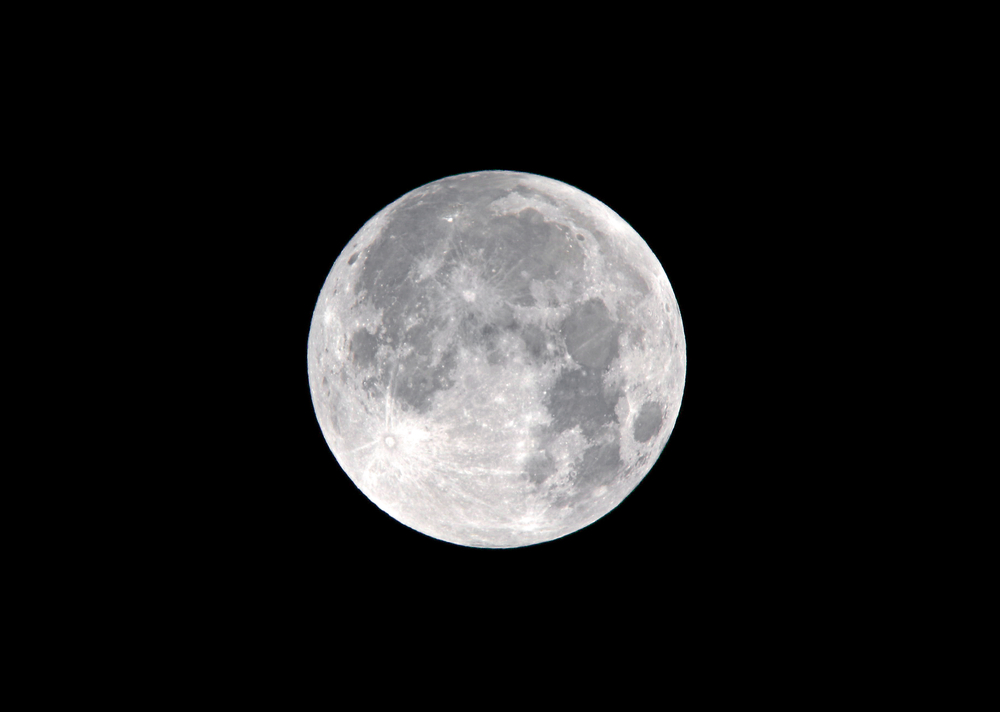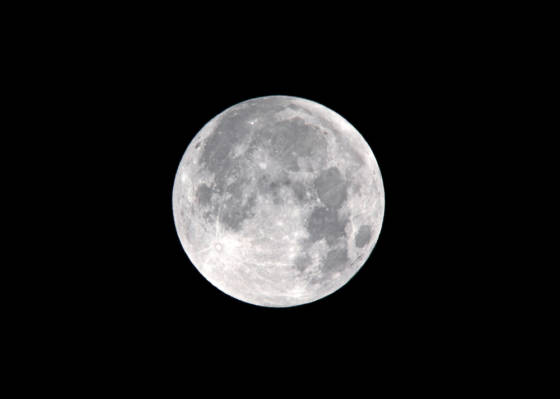Reaching for the moon? Space agency aims for diversity in new astronauts


The European space agency ESA is aiming for diversity in its first astronaut recruitment drive for 11 years, and women and people with impairments are encouraged to apply.
The selection procedure for potential astronauts will open on March 31. ESA expects thousands will apply but only four to six candidates will ultimately be successful. Apart from this select group some 20 people will be on standby who may participate in shorter, commercial flights into space, the agency said.
People without a scientific background need not apply, Lucy van der Tas, head of recruitment at ESA told broadcaster NOS. ‘They need a scientific grounding and apart from that they need to be physically fit to withstand the space environment and have good people skills. They will, after all, be cooped in a cramped space with a small group of people.’
The age limit for participation is 50, Van der Tas said. ‘This is a career. We want to be able to offer the astronauts at least two trips into space and that will take perhaps as long as 15 years. It really is a job for life’, she said.
ESA’s aim is to have gender parity in the crews but, she said ‘women will need to apply’. The agency is also looking into roles in the space programme for people with an impairment.
‘We all have to adapt to being in space and technology helps us do that,’ Belgian astronaut Frank De Winne, who heads the European astronaut centre in Cologne, said. ‘The question is whether the technology can be made to work for people with impairments so they can carry out their jobs fully.’
Most new astronauts tend to come from big ESA contributors, such as Germany, France and Italy but, the organisation stressed, ability, not nationality, will determine the final selection.
ISS
The new astronauts first forays into space will be to the international space lab ISS, which will be operational until 2030. Three ESA astronauts will also articipate in flights to Gateway, a space lab which will orbit the moon and is yet to be built. Another three European astronauts will then form part of the crew of NASA’s Orion capsule which is scheduled for ten flights to the moon until 2030.
Dutch astronaut André Kuipers, who worked at the international space lab in 2002 and 2011, said that aspiring astronauts should not hesitate to apply. ‘Even if you don’t make it the selection process is a great experience. And don’t tell yourself you will never get through. I was surrounded by experienced astronauts who had been in space and I wondered “What I am doing here?” But I got there in the end.’
Aspiring astronauts have until May 28 to apply. ESA has sites in several European countries, but the European Space Research and Technology Centre (ESTEC) in Noordwijk, the Netherlands, is the largest.
Thank you for donating to DutchNews.nl.
We could not provide the Dutch News service, and keep it free of charge, without the generous support of our readers. Your donations allow us to report on issues you tell us matter, and provide you with a summary of the most important Dutch news each day.
Make a donation